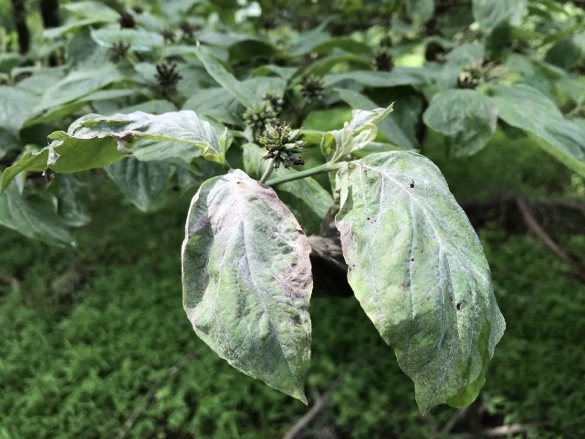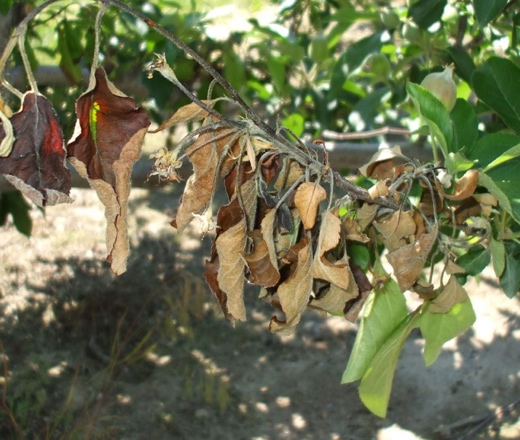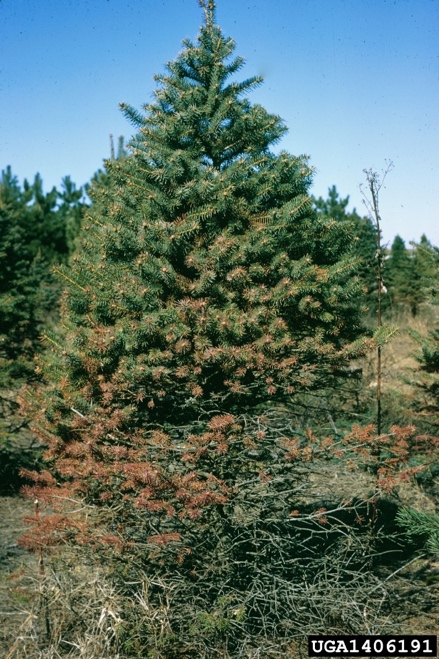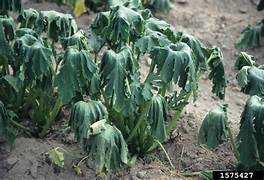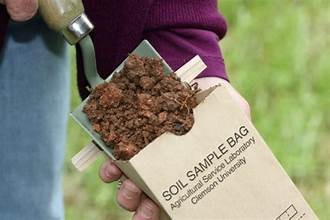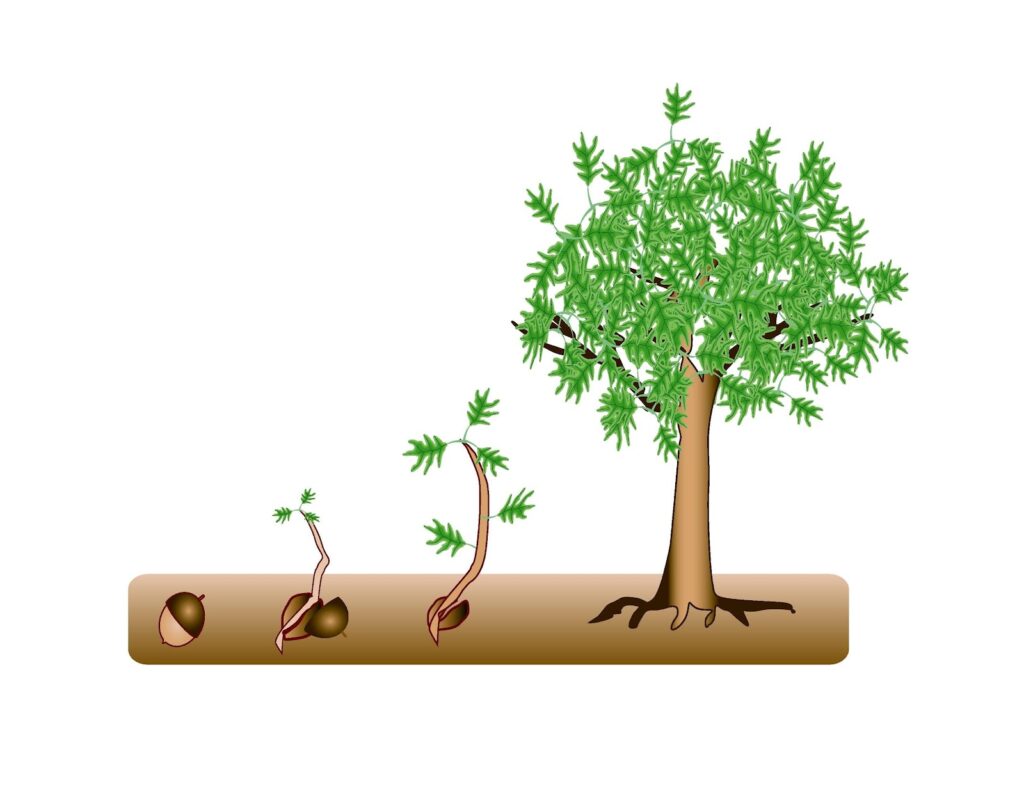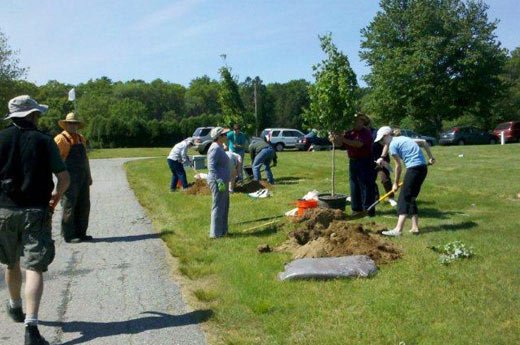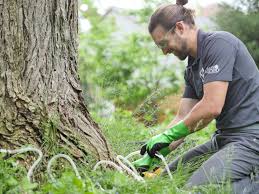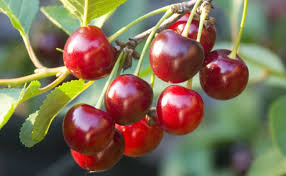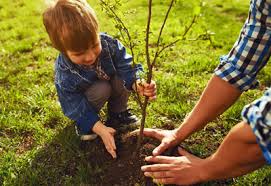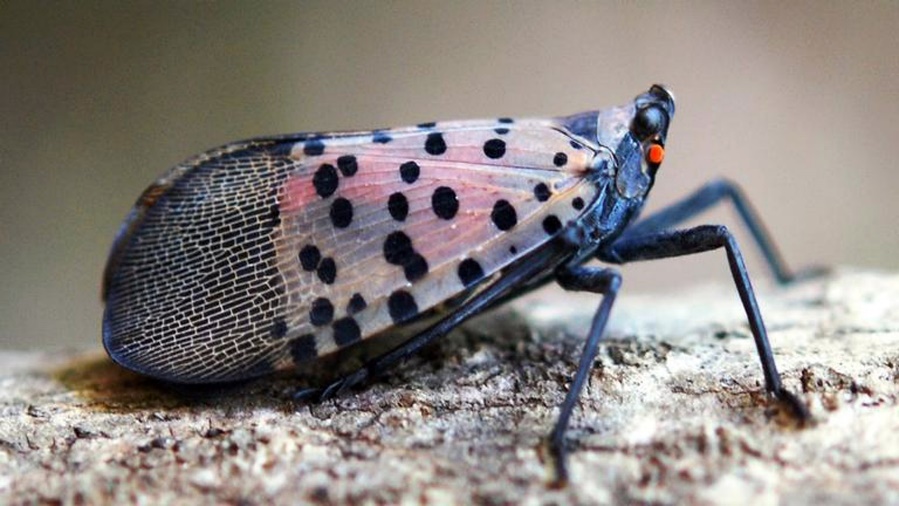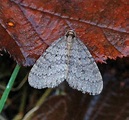Transform Your Trees with These Proven Growth Management Techniques
Tree growth is a complex process. It involves factors that can impact a tree’s size, shape, and health. It also involves seed germination, photosynthesis, nutrient uptake, water transport, root development, genetics, soil quality, and competition. Understanding how these factors work together can help you boost tree growth and help you grow robust, healthy trees with long lifespans.
Managing tree growth effectively delivers numerous benefits. Well-managed trees shade us in the summer, conserve energy, cut maintenance costs, and reduce noise pollution—all while capturing and storing carbon dioxide and improving air quality. Manage growth also boosts a tree’s lifespan, enhances its appearance, and optimizes growth. Plus, it protects people and the environment.
But managing tree growth can be challenging. Below, we discuss several key factors that dramatically impact tree growth and provide proven tips on managing it effectively.
Brief Overview of Primary Tree Growth
Trees go through two growth periods—primary growth and secondary growth. Primary growth provides the tree’s structure and determines a tree’s height and overall shape. It occurs at the tips of the tree’s roots and shoots, an area known as the plant’s apical meristems. Cells in this area quickly divide and produce new cells. They then elongate, causing the root or shoot to lengthen.
Other cells in this area become specialized tissues like the xylem, which transports water. Then there are those cells that turn into the tree’s phloem, which transports nutrients. Meanwhile, the root system expands to anchor the tree, and the shoot system grows upward to capture sunlight for photosynthesis. These activities prepare the tree for its secondary growth period.
Secondary Tree Growth Boosts Girth
Secondary growth occurs in woody plants. It produces new wood and bark, increasing the plant’s girth or diameter. Secondary growth is primarily due to two types of meristematic tissues: the vascular cambium and the cork cambium. The vascular cambium produces xylem cells towards the inside, forming annual growth rings.
The vascular cambium produces phloem cells towards the outside, which become part of the inner bark. The cork cambium, meanwhile, produces cork cells, forming the outer bark, which protects the tree. Over time, the tree’s trunk and branches become thicker and more robust as secondary growth occurs.
Other processes that occur during secondary growth include:
• Photosynthesis
• Nutrient uptake
• Water transport
• Leaf growth
• Branching
• Root development
These processes are all interconnected. Genetics, environmental conditions, and competition also influence tree growth.

Tips on Managing Tree Growth Rate
While you can’t alter a tree’s growth rate much, you can still influence growth to some extent through proper tree care. Here are some activities that can help you promote healthy tree growth:
• Make sure the tree receives sufficient sunlight, water, and nutrients
• Provide the right type and amount of fertilizer based on soil tests
• Prune dead, diseased, or crossing branches to improve light penetration and air circulation while the tree grows
• Protect the tree from pests and diseases, which will prevent growth setbacks
Here are some factors that slow growth:
• Reduce watering, especially during dormant periods.
• Prune lightly. Heavy pruning can temporarily slow growth, so avoiding excessive pruning is essential.
• Carefully pruning roots can restrict nutrient and water uptake. However, this is a complex technique best left to professionals.
• Some chemical growth regulators can be used, but their application requires expertise and caution.
• Always consider the tree’s health and species-specific needs when managing a tree’s growth rate. Excessive manipulation can harm the tree.
Managing tree growth takes time and patience but pays off in the long run. Managed growth benefits you, the tree, and the environment. So, take this task seriously, regardless of the species of tree you have. If you need help managing the growth of one of your trees, don’t hesitate to contact RI Tree. Its experts can help you create a plan for your tree to boost its health and growth.
